Car Reviews from Irish Journalists

T.P. Waters Appointed Main Dealer for Fiat, Jeep and Fiat Professional
Well-established Kildare dealership adds Fiat, Fiat Professional and Jeep to its portfolio

Top tips for selling your car
How to get the best price when the time comes to get rid of your car for something newer
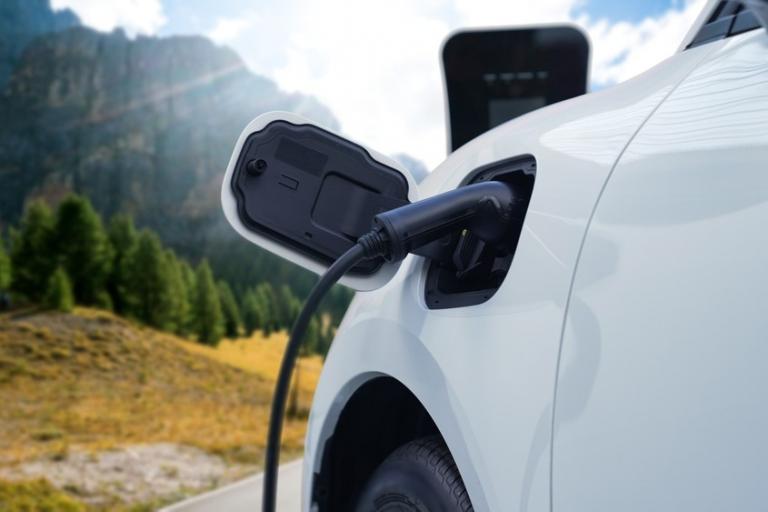
Electric Surge: EV Sales Spark Upturn in April Car Registrations
Strong growth in electric car sales boosts new car market in April
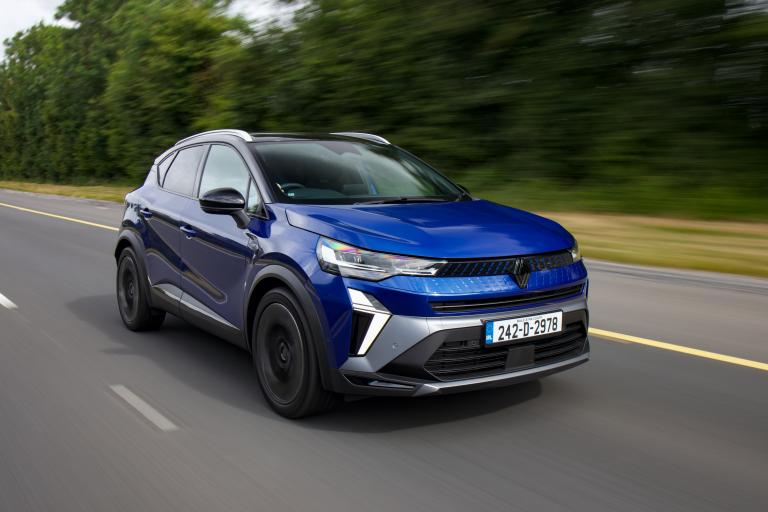
Renault Captur Review
Renault’s stylish crossover returns with hybrid efficiency, smart tech, and everyday practicality.
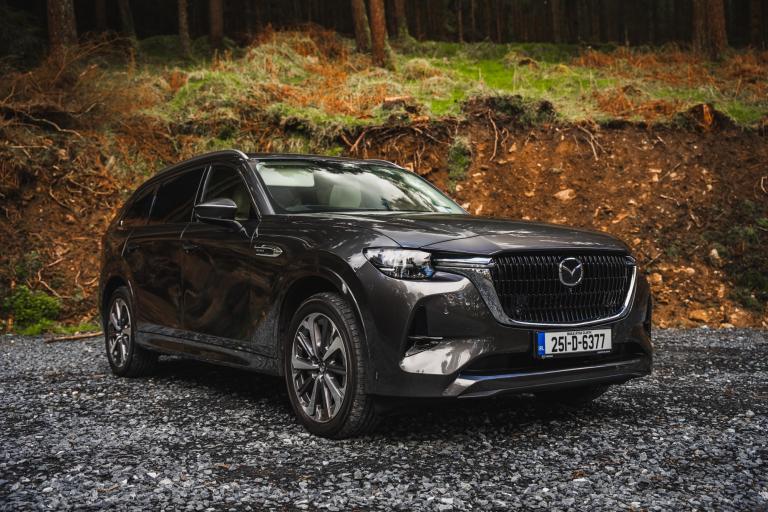
Mazda CX-80 Review
Mazda’s biggest SUV yet – stylish, spacious, and ready for family life.

Volvo Cars starts production of EX30 in Europe
Volvo has begun European production of its popular EX30 electric SUV at its Ghent plan
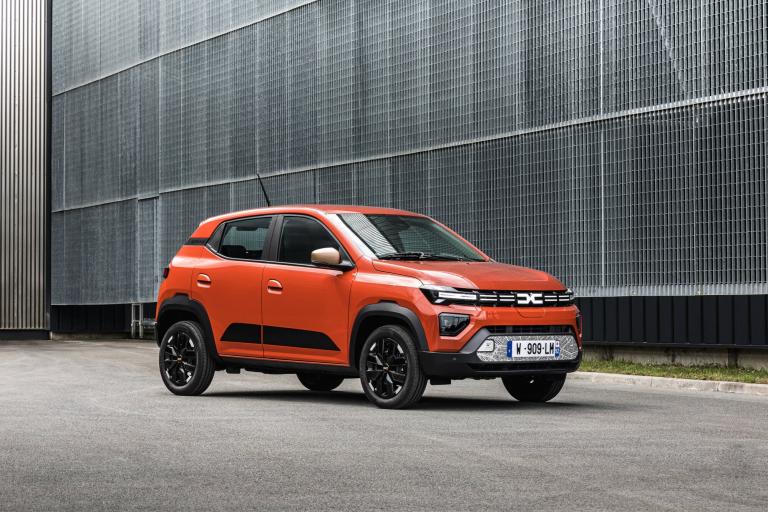
Dacia Spring: Ireland’s Best Value EV Just Got Even Cheaper
New Spring will start from just €15,990
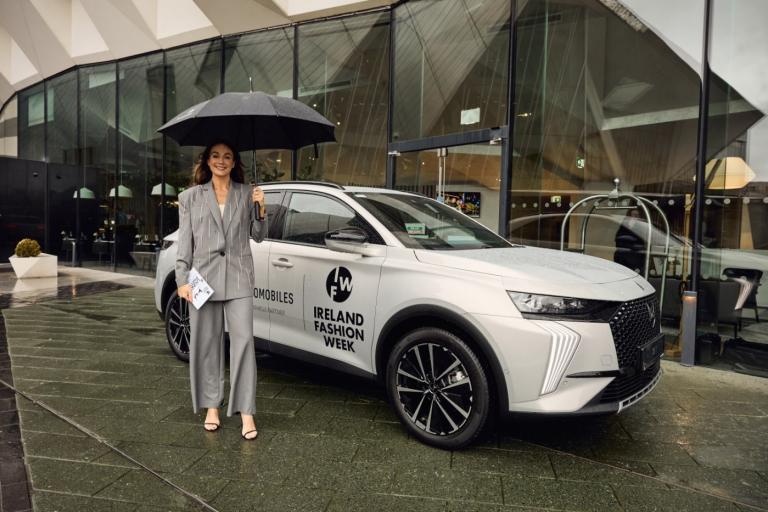
DS Automobiles Named Official Vehicle Partner for Ireland Fashion Week
Luxury French car brand will provide a branded fleet of hybrid and electric vehicles to support the event
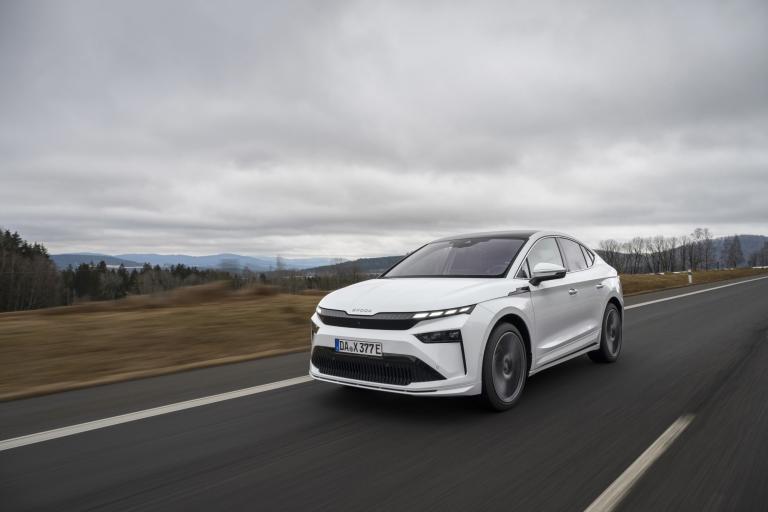
Škoda Enyaq Updated for 2025 with More Range, Style, and Tech
Refreshed Škoda Enyaq lineup brings enhanced range, smarter tech, and bold design
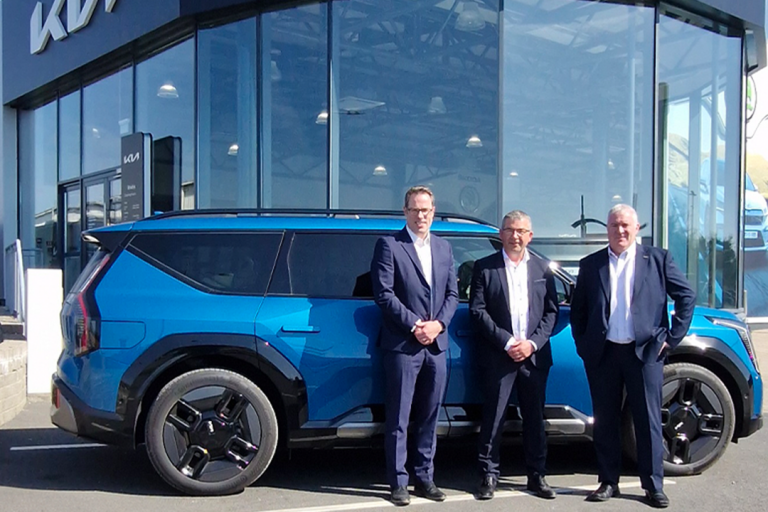
Bradys Cavan Appointed as Newest Kia Dealership in Ireland
Bradys join the Kia Ireland network, bringing sales and aftersales to Cavan for the first time.
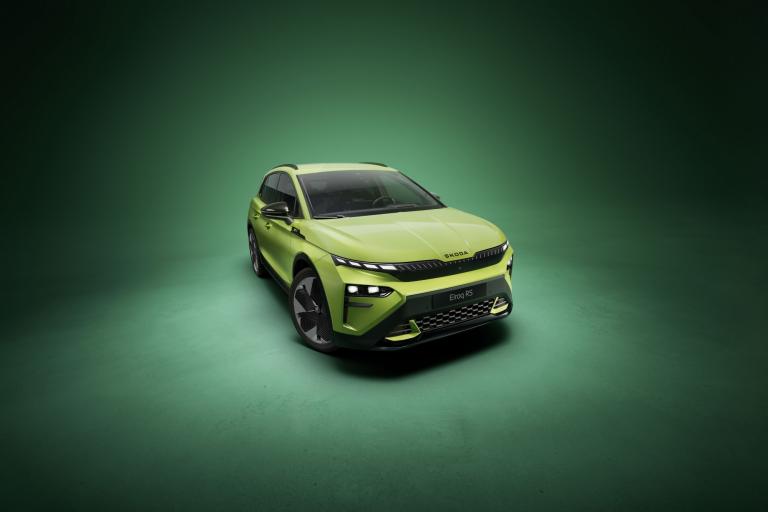
Škoda Launches the Elroq RS
Škoda launches the all-electric 335hp Elroq RS from €53,350
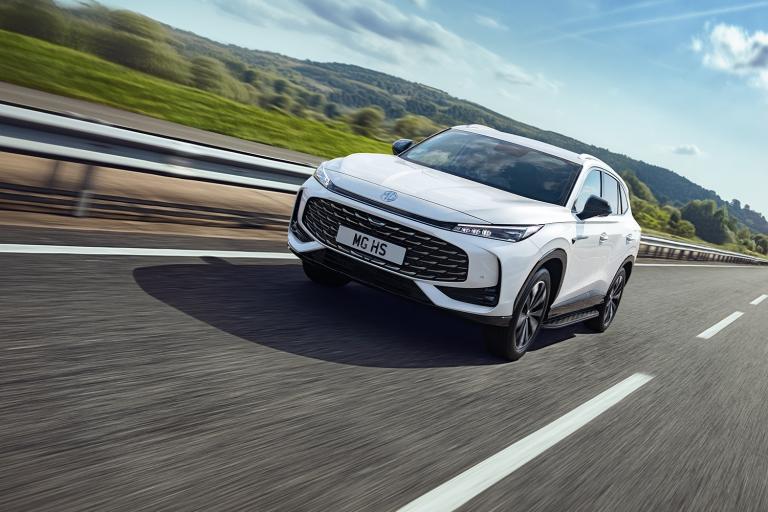
MG Expands Irish Network with O'Brien Motor Group in Mullingar
MG Motor Expands into Midlands with New Mullingar Dealership
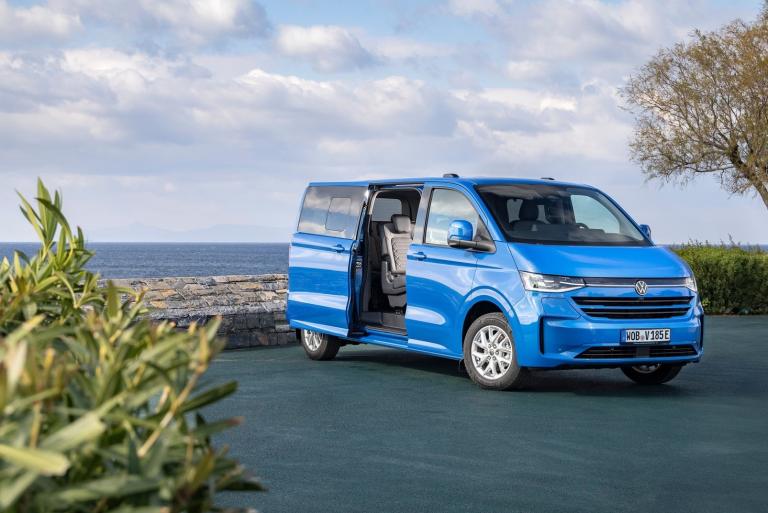
Volkswagen Launches All-New Transporter and Caravelle with Enhanced Space, Tech, and Power Options
Volkswagen’s new Transporter and Caravelle arrive with prices starting from €39,265.
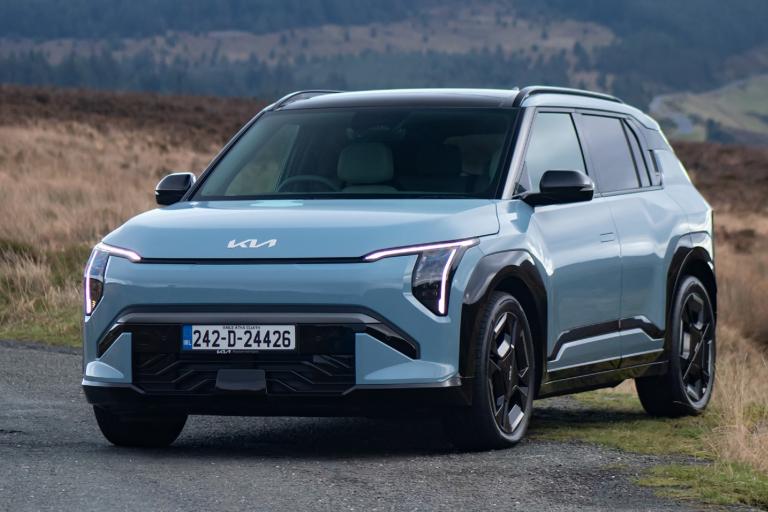
Kia EV3 Wins World Car of The Year
Kia's EV3 takes top honours at the 2025 World Car Awards, praised for innovation, range, and user experience.
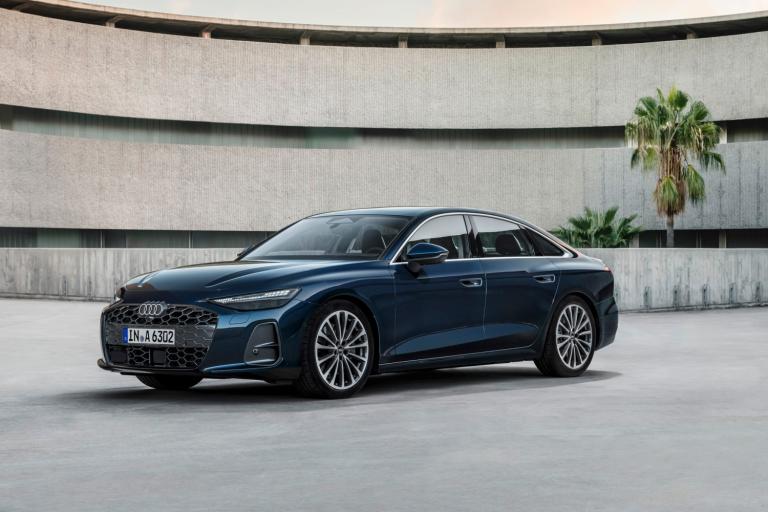
Audi Unveils New A6 Saloon: Quieter, Sleeker, and Smarter
Audi’s new A6 Saloon debuts with best-in-class aerodynamics and mild hybrid tech from €64,940.
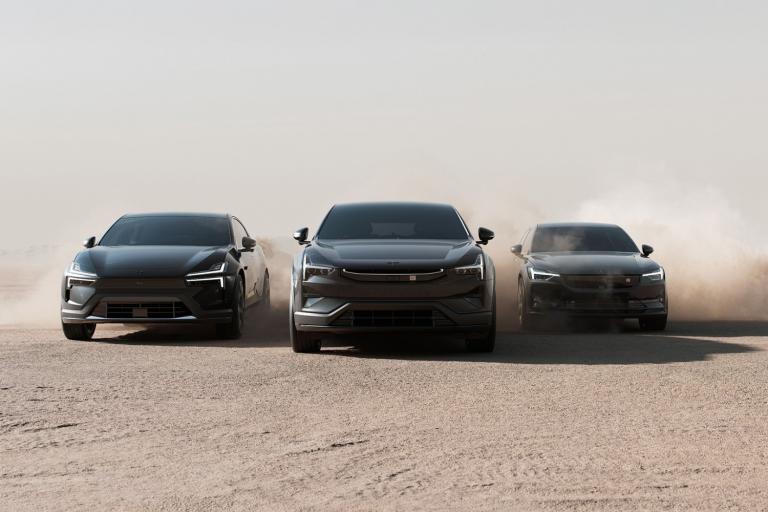
New Polestar Space Coming to Dublin
Swedish EV brand to open flagship Polestar Space in Sandyford as OHM Group takes on national distribution

Things to look out for on a test drive
How to check a car over properly when you’re going for a test drive

Honda Drops the Ultimate Adventure Camper to Mark 30 Years of CR-V
New ‘Dream Pod’ concept transforms the CR-V into a plug-in hybrid camper
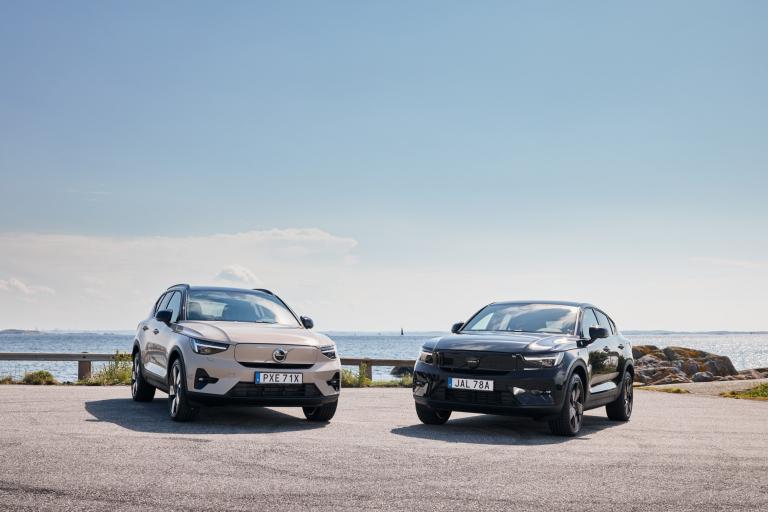
Price Drops and Stylish Updates: Volvo Cuts EV Costs and Refreshes XC60 for 2025
Volvo EX40 and EC40 now start at €48,990 with €3,255 price cut
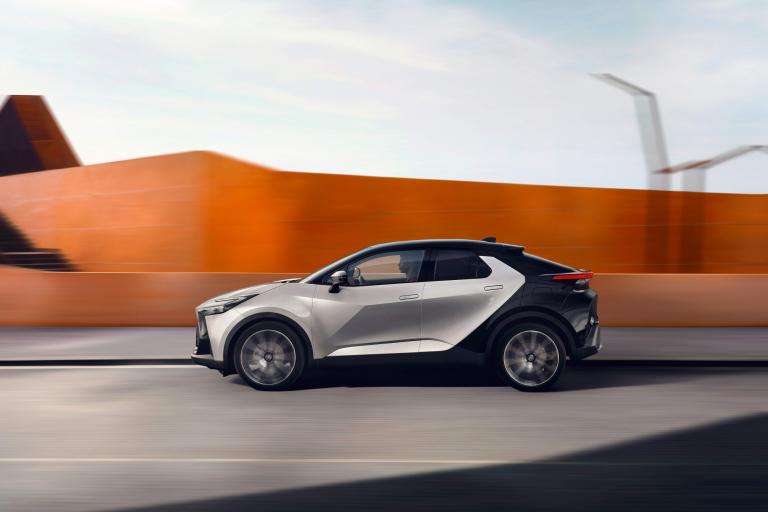
Toyota Offers Limited-Time Finance Deals on Approved Used Hybrids This April
Flexible finance from 6.9% APR now available on Toyota’s most popular pre-owned models
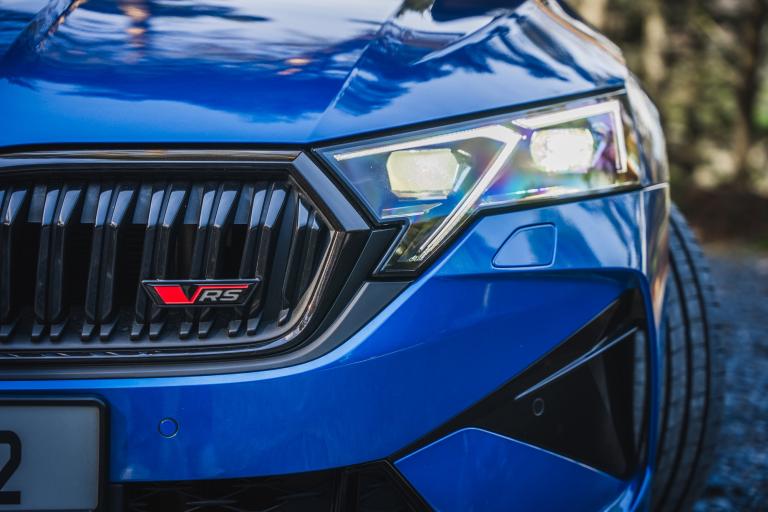
Skoda Octavia RS Video Review
We get behind the wheel of the petrol-powered version of Skoda’s much-loved Octavia RS